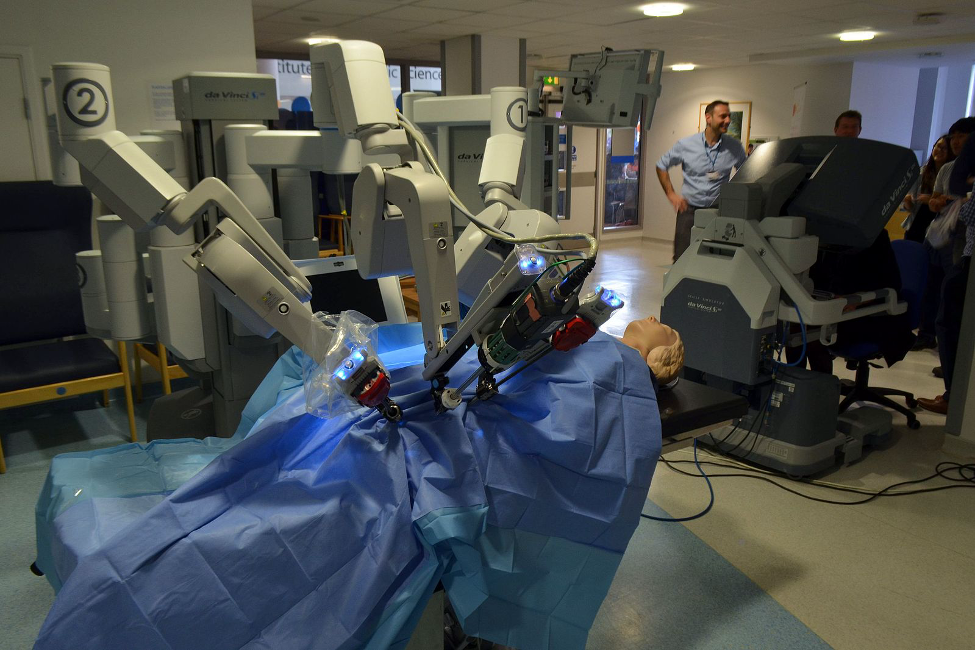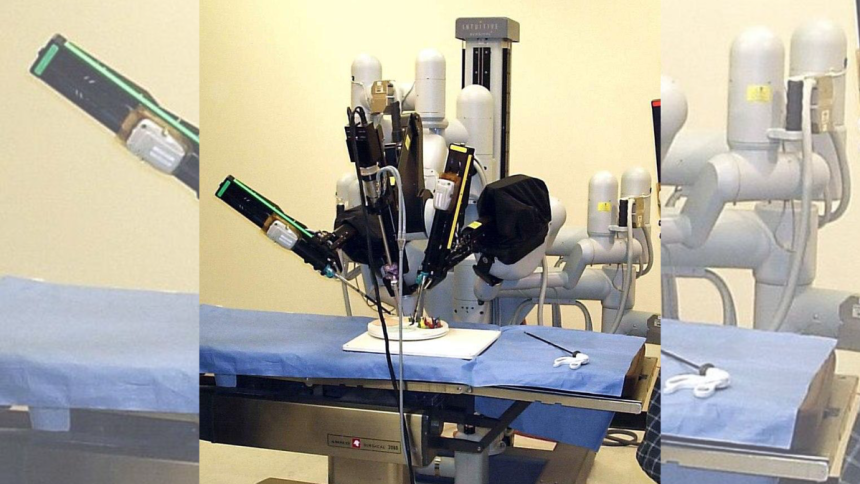Contrary to what many people think, robotic surgery does not involve an intelligent robot doing the surgery from start to finish independently. It is actually robotic-assisted surgery. The procedure requires a surgeon who uses a robotic arm to perform surgical procedures while viewing the operating area on screen. But why do this? Does it have its benefits? Let’s find that out and more below.
What Is Robotic Surgery?
Robotic surgery is a new approach to healthcare that involves doing minimally invasive procedures. It requires these components.
- A robotic arm to hold the tiny instruments that perform the surgery
- One or more HD cameras to provide detailed, magnified, 3D views of the surgical area
- A surgical console, which the surgeon uses to control the arm and camera movements
What Happens During Robotic Surgery?
The procedure is similar to the traditional open surgery. But there is a layer between the surgeon and the patient, which is the robot. The surgeon doesn’t touch the patient physically. This layout presents several differences between the two procedures.
Robots with their surgical instruments require less space to handle the operation, so unlike the large incisions required in open surgeries, robotic surgeries involve making fewer, smaller incisions. Also, surgical robots and their instruments require less space to handle the procedure, so there’s no need to push organs, tissue, or muscle to get to the target.
The process basically involves these steps.
- Making one or a few incisions
- Placing thin tubes through the incisions
- Attaching the robot arm to the tubes
- Using the arm to push a camera (endoscope) through one of the tubes and instruments through the other tubes
- Controlling the arm to perform the surgery
- Removing the camera, instruments, and tubes
- Closing the incisions using sutures

What Are The Benefits of Robotic Surgery?
With smaller incisions, robotic surgery offers the following benefits.
- Faster recovery (shorter stays in the hospital)
- Less pain during recovery
- Lower risks of getting infections
- Minimal blood loss
- Smaller scars, some non-permanent
The procedure also provides several benefits to the surgeon, such as:
- A greater range of robotic arm movement, making it possible to get the instruments into tight spaces
- Magnified HD views of the operation area, making it easier to spot anomalies or other issues
- Smaller incisions that are easier to control, which increases the overall success rate
What Are The Disadvantages of Robotic Surgery?
- Complications that require immediate switching to manual open surgeries
- Nerve compression or damage
- Machine malfunction
How To Improve This Technology
To eliminate or reduce complications, nerve damage, and machine malfunctions during robotic surgery, one of the best solutions is to enhance the robot’s precision and reliability.
On the hardware part, you need a well-designed PCB that is specifically built to handle demanding medical applications.
Robots have different hardware components on board, but one that can affect their precision and reliability is their circuit board(s). WellPCB has the experience, equipment, and expertise needed to build PCBs for this medical application, which includes IPC Class 3/A PCB assembly, as well as flexible and rigid-flex PCB production. These PCBs are necessary for the moving arm sections to ensure precise movement during surgery.
As more medical facilities adopt this technology, it is important to provide them with reliable tech to push the limits of medicine to new heights. It all begins with hardware, and you can partner with suppliers like WellPCB to develop more advanced and reliable robotic surgery arms and instruments. Contact them to learn more about their PCB fabrication and assembly capabilities and customization options for your project.
Lynn Martelli is an editor at Readability. She received her MFA in Creative Writing from Antioch University and has worked as an editor for over 10 years. Lynn has edited a wide variety of books, including fiction, non-fiction, memoirs, and more. In her free time, Lynn enjoys reading, writing, and spending time with her family and friends.















